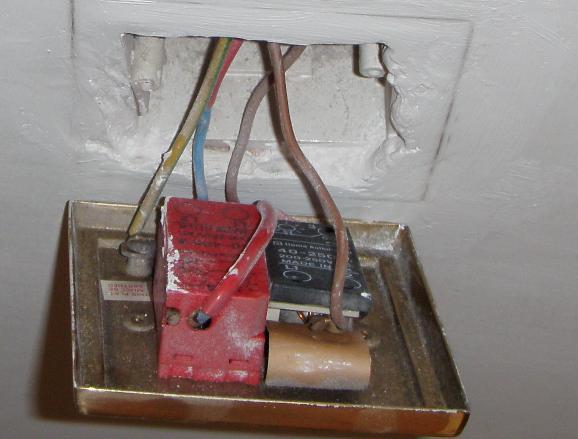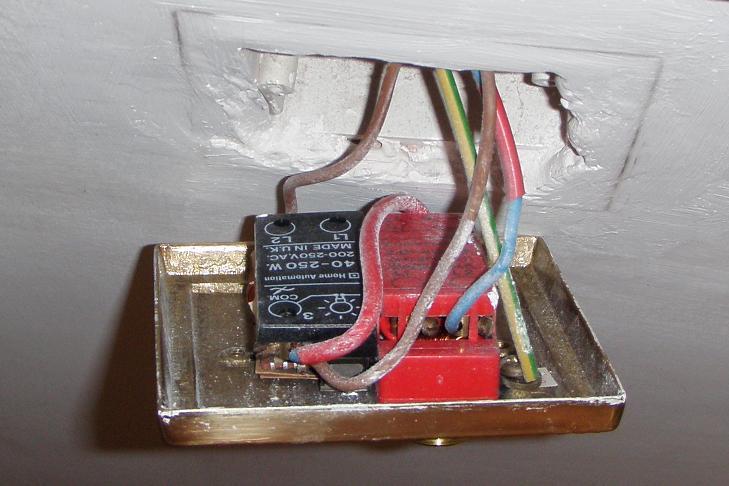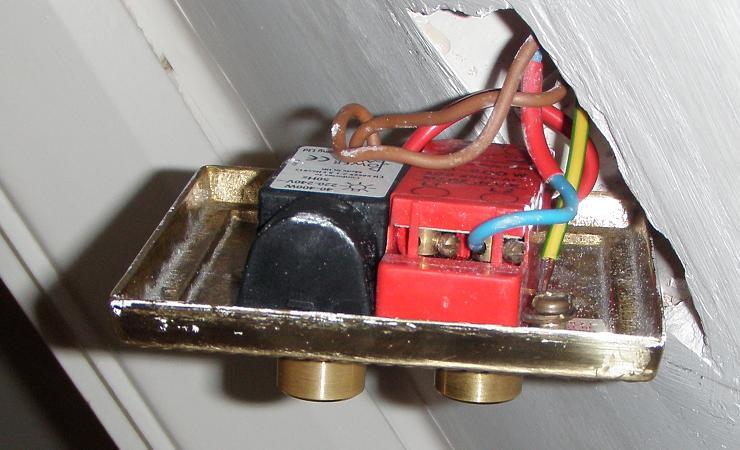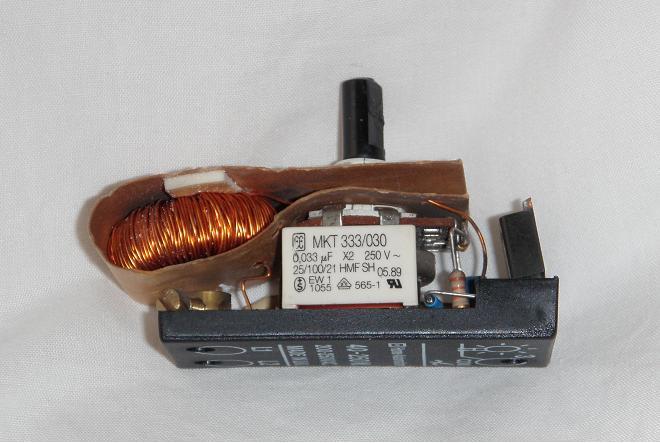I have a two gang dimmer switch. One of the units stopped working (you used to have to rotate it until it clicked to turn the lights on, and then it would rotate freely further to adjust the brightness. It started to just click and not then rotate freely and the lights never came on). So I replaced it and copied the existing wiring arrangement. The replacement works on a push basis to turn the lights on and off unlike the old one.
The lights on the old unit work fine as before, but those on the new unit don't come on at all. Is there something wrong with my wiring? The attachments on the new (black) unit are marked X, L1 and L2 from left to right. In accordance with the previous wiring I've put one live wire and the connection between the units into this, but it's a bit of a squeeze. Maybe I would do better to put the live wire into L2 instead?
Old unit:
New unit:
Thanks for any help.
The lights on the old unit work fine as before, but those on the new unit don't come on at all. Is there something wrong with my wiring? The attachments on the new (black) unit are marked X, L1 and L2 from left to right. In accordance with the previous wiring I've put one live wire and the connection between the units into this, but it's a bit of a squeeze. Maybe I would do better to put the live wire into L2 instead?
Old unit:
New unit:
Thanks for any help.






